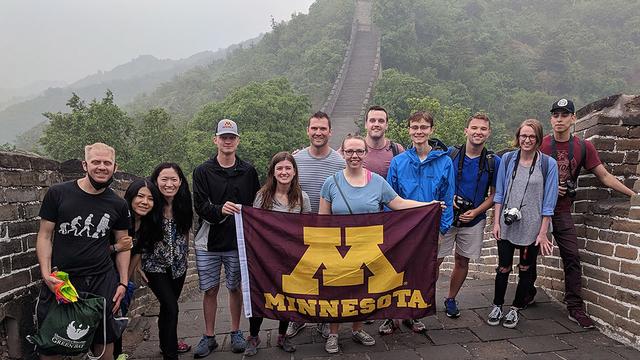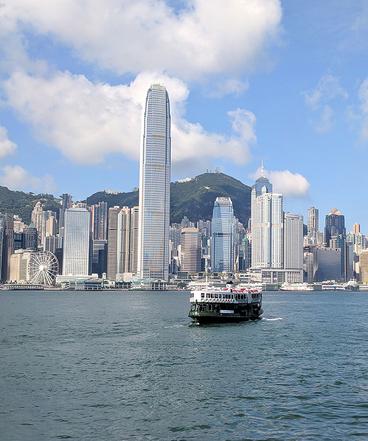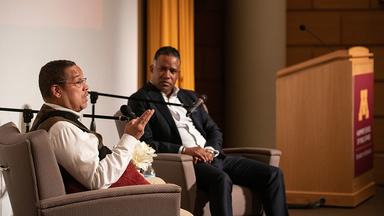If you’re interested in learning about urban planning, there’s no better place to go than China, which is in the middle of a massive urbanization trend.
For the past two years, students from the Humphrey School of Public Affairs and the broader University community have had a first-hand look at how cities in China are managing rapid population growth through a study abroad course developed by Humphrey School Professor Yingling Fan.
Fan, a native of China whose expertise is in urban planning, led the two-week course this past May. She and about a dozen students visited four cities in China, including Beijing and Hong Kong, to experience alternative ways of urban planning and urban life.
“China is undergoing a dramatic wave of urbanization, while the United States has already gone through it,” says Fan. “About half of the Chinese population lives in urban areas now, compared to the United States, which is about 85 percent.”
China is on course to have one billion people living in urban areas by 2030. Fan uses the city of Shenzhen as an example. Over the past 40 years its population has exploded—from a fishing town of 30,000 residents to the fourth largest city in China, with a population approaching 20 million.
That rapid growth, in urban areas all over the country, puts tremendous pressure on the demand for housing, education, and other public services, Fan says.
Jackie Nowak, a master of urban planning candidate who went on the trip, was most struck by seeing the ways Chinese cities were addressing transportation needs, particularly the sheer number of transportation options available in each of the places they visited.
“For example, bike sharing has exploded all over China. In Beijing alone, there are three million bike share bikes. In Hong Kong we took subways, hanging cable cars, ferries, and specially designed trains that go up mountains,” she says. “Since Hong Kong has mountains, they need to think about vertical development as well.”
Of course, China’s top-down planning system means that the government has more power in deciding what it wants to do, and then does it. As a result, it's much more efficient at completing projects; subway lines take only a couple of years to build, for example.
“It’s interesting to observe a different method of urban planning,” says Nowak. “Here in the United States we're trying to be more inclusive and solicit public opinions on various public works projects. But that’s obviously not the case in China. As an engineer and planner, I was interested in seeing how that works.”
Nowak, who is also finishing up a master of civil engineering degree, came away from the experience with a better appreciation of Chinese culture, and some insights into new approaches to transportation planning back home.
“Here in the United States we sometimes don't think about other options, like having trains that can recharge in their stations so they need less infrastructure,” Nowak says. “It’s important to look at a variety of options. Sometimes you have to see something else in action to see if it will work.”



